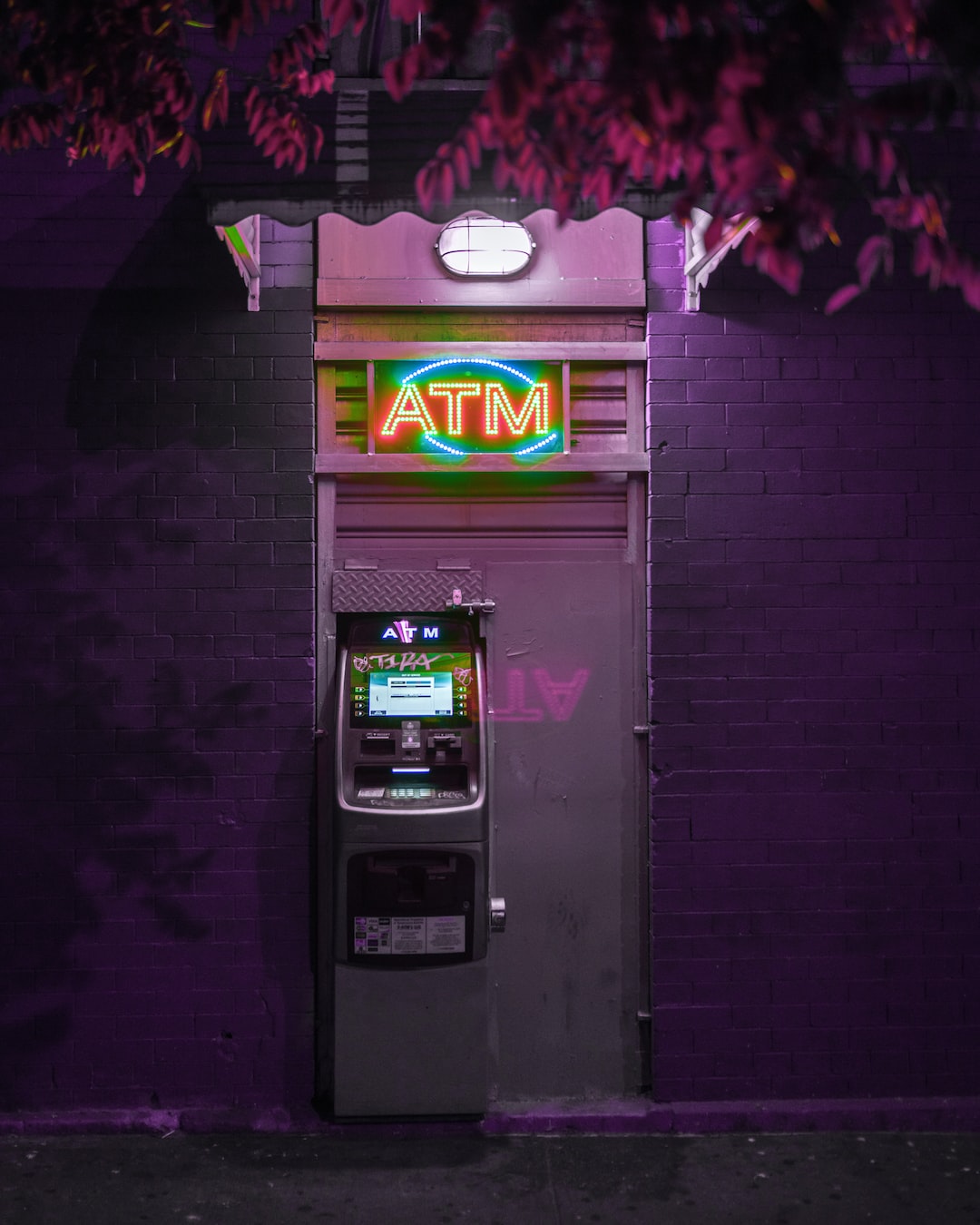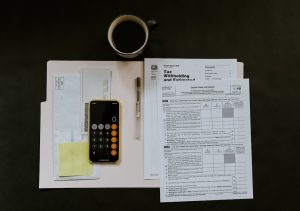In our previous article, we discussed the basics of Ichimoku trading and how to trade with the Tenkan-sen and Kijun-sen lines. In this article, we will dive deeper into the Ichimoku system and focus on the lagging line or Chikou Span.
The lagging line is one of the most important components of the Ichimoku system. It is also known as the Chikou Span and is plotted 26 periods behind the current price. This line is used to help confirm trade signals generated by the other components of the system.
The lagging line is a unique component of the Ichimoku system because it is the only component that is plotted behind the current price. This line is used to provide a clear perspective of the historical price action of the currency pair being analyzed. The lagging line can be used to confirm trend direction, identify support and resistance levels, and provide trade signals.
Confirming Trend Direction
One of the most significant uses of the lagging line is to confirm trend direction. When the lagging line is above the current price, it indicates a bullish trend, and when it is below the current price, it indicates a bearish trend. Traders can use this information to confirm the direction of the trend and trade accordingly.
For example, if the Tenkan-sen and Kijun-sen are in a bullish crossover, and the lagging line is above the current price, it confirms the bullish trend, and traders can consider buying the currency pair.
Identifying Support and Resistance Levels
The lagging line can also be used to identify support and resistance levels. When the lagging line intersects with historical price action, it can act as a support or resistance level, depending on the trend direction.
For example, if the lagging line is above the current price, and it intersects with a previous high, it can act as a support level. Conversely, if the lagging line is below the current price and intersects with a previous low, it can act as a resistance level.
Providing Trade Signals
The lagging line can also provide trade signals when it crosses the current price. When the lagging line crosses the current price from below, it can be considered a bullish signal, and when it crosses from above, it can be considered a bearish signal.
For example, if the Tenkan-sen and Kijun-sen are in a bullish crossover, and the lagging line is below the current price, traders can wait for the lagging line to cross the current price from below to confirm the bullish signal.
Conclusion
In conclusion, the lagging line is a vital component of the Ichimoku system and can be used to confirm trend direction, identify support and resistance levels, and provide trade signals. Traders should use the lagging line in conjunction with the other components of the system to make informed trading decisions.
It is essential to note that the Ichimoku system is not a standalone trading strategy and should be used in conjunction with other technical analysis tools and fundamental analysis to make informed trading decisions. Traders should also practice proper risk management techniques to protect their trading capital.





